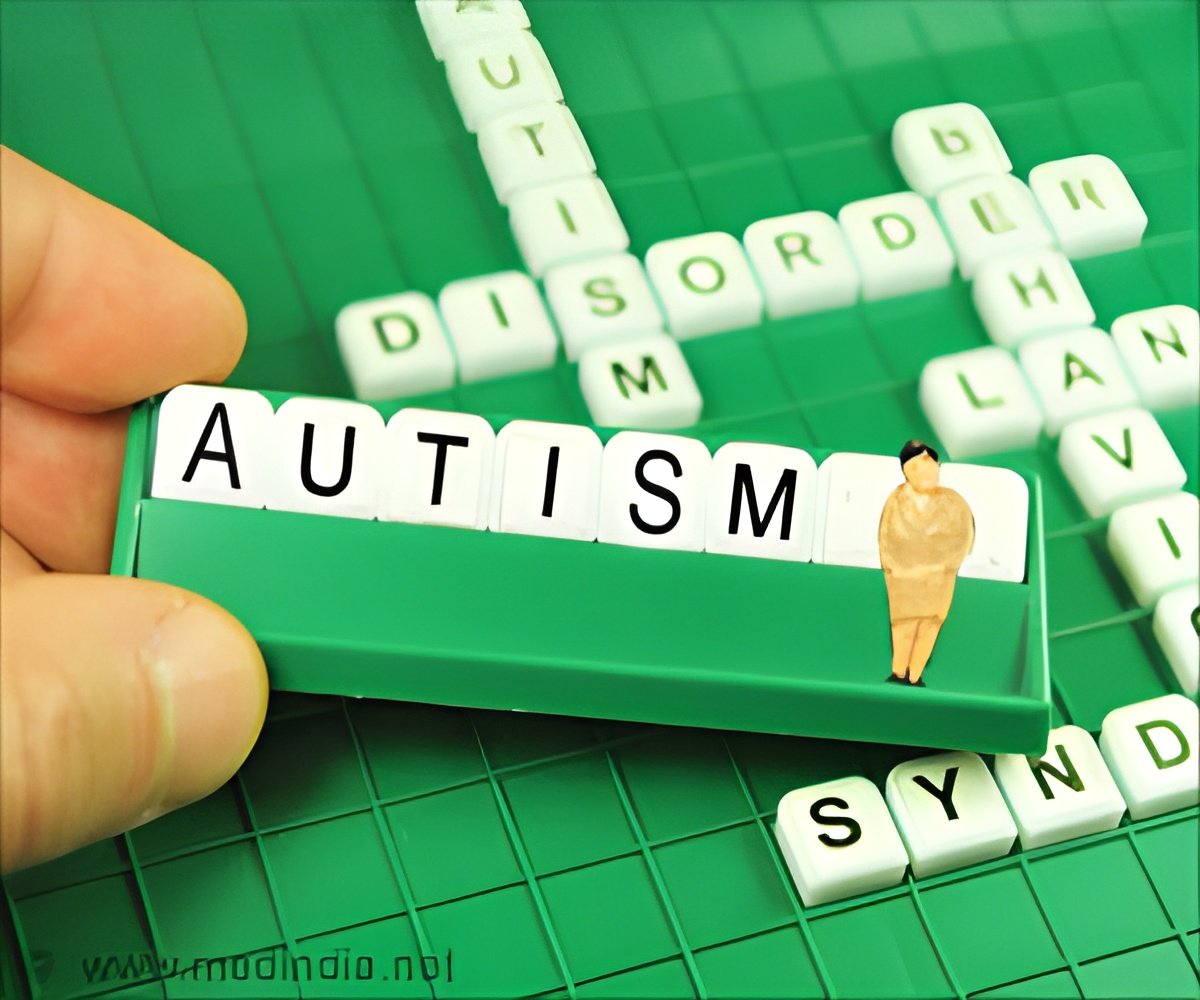Scientists used virtual reality environments to augment cognitive behavioral therapy for fears and phobias in autistic adults.

In the article entitled "Using Virtual Reality Environments to Augment Cognitive Behavioral Therapy for Fears and Phobias In Autistic Adults," a team led by Professor Jeremy Parr from Newcastle University and NHS Foundation Trust, Newcastle upon Tyne, U.K. de-scribe a pilot study in which they tested a combined cognitive behavioral (CBT) therapy and immersive virtual reality approach in adults aged 18-57 on the autism spectrum. The partic-ipants received one educational session followed by four 20-minute therapeutic sessions of gradually increasing exposure to the feared stimulus to minimize anxiety.
" While results are very preliminary, it is exciting to see innovative strategies for an issue that has been so hard to treat. Emerging Practices papers, such as this one, look towards the future by highlighting new avenues of research that have potential for improving quality of life for autistic adults," says Christina Nicolaidis, MD, MPH, Portland State University and Oregon Health & Science University, Portland, Oregon and Editor-in-Chief of Autism in Adulthood.
Source-Eurekalert















